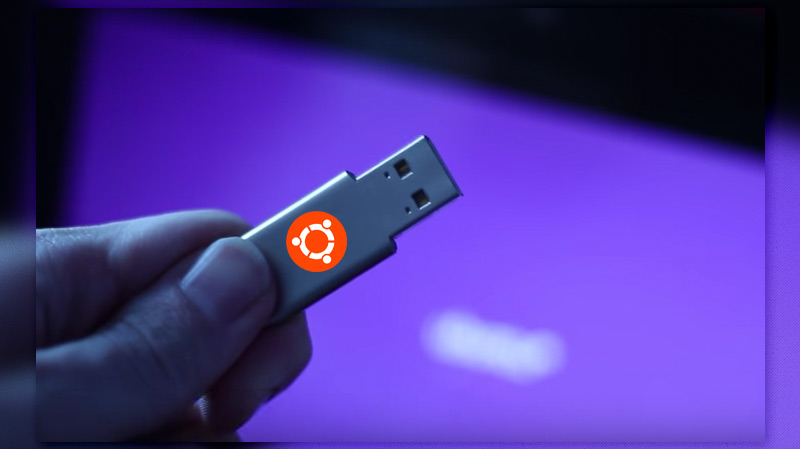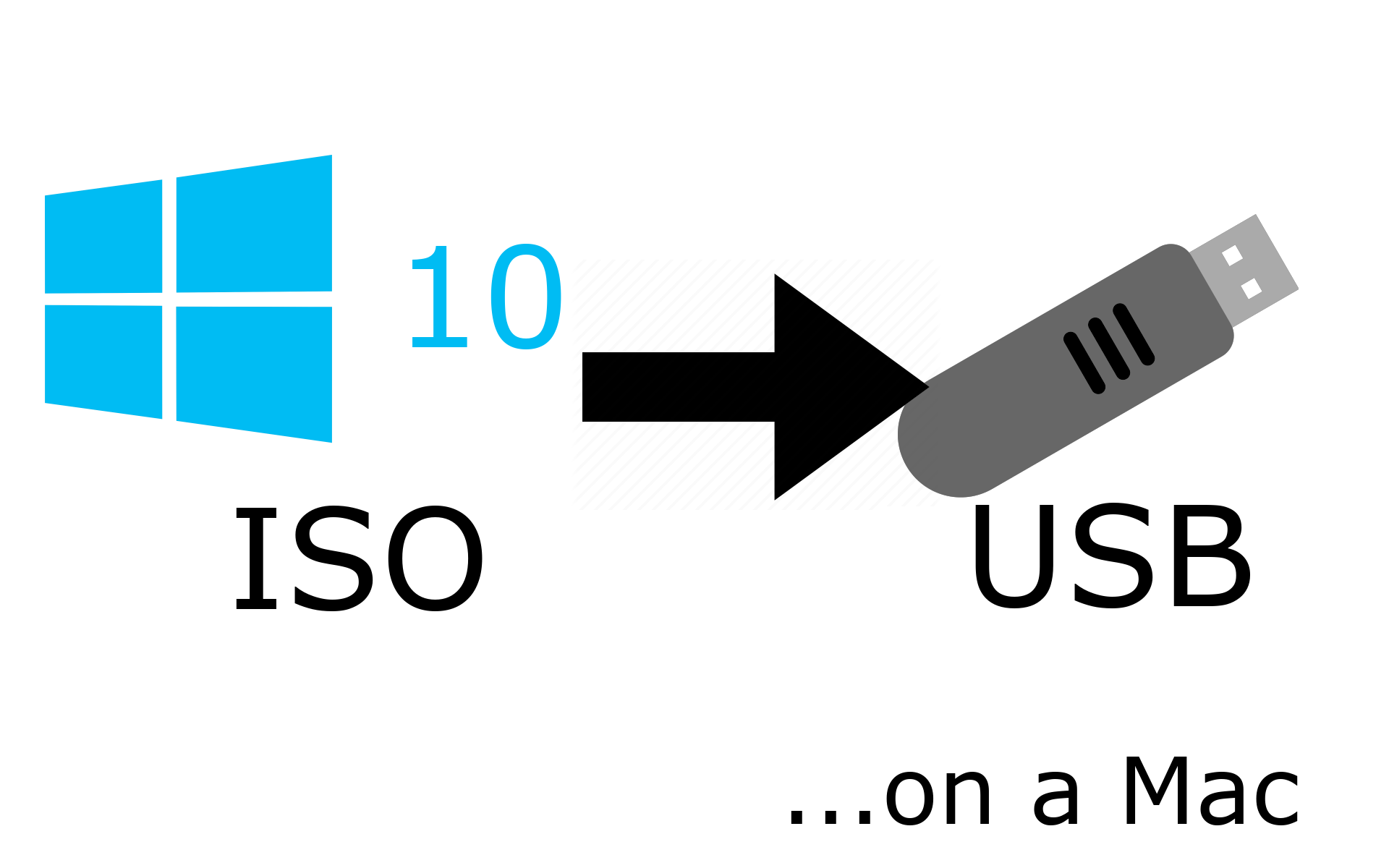


Since I got it figured out I decided to write this post so that other people can benefit from it. After reading multiple sources I deduced what was the problem. I did a lot of googling but could’nt find anything that worked. It was later that I realised it wasn’t so straight forward mainly because of EFI boot and Mac ‘quirks’. It struck me that if I install Linux on my flash drive it would make my life a hell lot easier. I did have a USB 3.0 flash drive which had speeds comparable to some(not-so-fast) harddrives.

I own a 128GB MacBook Air I could’nt install Linux on it as storage was tiny. I was recently using multiple machines for work (Lab machines, friend’s laptop, etc) and I needed Linux. From rescue mode, you can recover a root password, repair or reinstall the boot loader. Being a little under 300MB, it is among the smallest and yet fastest distros on our planet as, among other features, it boots into the LXDE desktop in under 15 seconds! Linux rescue mode is a mode booted with the help of a Linux boot CD, allowing you to repair a broken system.
LINUX USB DRIVE FOR MAC FULL
Porteus is a full Linux Operating System optimized to be run from USB flash drives, CDs, or any bootable storage media including hard drives. Basically, it is the No.1 choice for creating Linux bootable USB. And it supports all the popular Linux distros such as Ubuntu, Linux Mint, Fedora, Manjaro. UUByte LiteBoot is an easy-to-use program with powerful features. After that, a bootable Linux USB is ready to use.

Follow instructions in the README to write the USB flash disk. An image file (.img) and a README file will be created in the current directory. Extract the files from the package (unzip memtest86-usb.zip).
LINUX USB DRIVE FOR MAC DOWNLOAD
The process should be the same regardless of distro.Creating a MemTest86 bootable USB Flash drive in Linux/Mac Download the MemTest86 USB image. In this example we will be using Ubuntu Bionic Beaver. Download the disk image (typically an ISO) for the distro you want to install. That would make it functionally inaccessible to us.ġ. If we do not, Startup Manager will not be able to detect the USB. Formatting the USB Drive ProperlyĬreating a Linux Live USB in macOS requires us to format the USB with a specific partition table. Overwriting your macOS partition accidentally will have dire and time-consuming consequences. If you plan to install Linux from this USB stick, back up your computer completely. Note: While this tutorial does not cover any system-wrecking tasks, you must make backups of your system before messing with your boot drive. If you are using a Mac, you can easily create a Linux Live USB in macOS by following the instructions below. The Live USB will be wiped at each boot, so you can’t save files, but you can try out the OS. It’s a good way to “test drive” the system or even complete a very simple task in Linux. Linux Live USB drives allow you to try out the operating system without installing it on your boot drive.


 0 kommentar(er)
0 kommentar(er)
